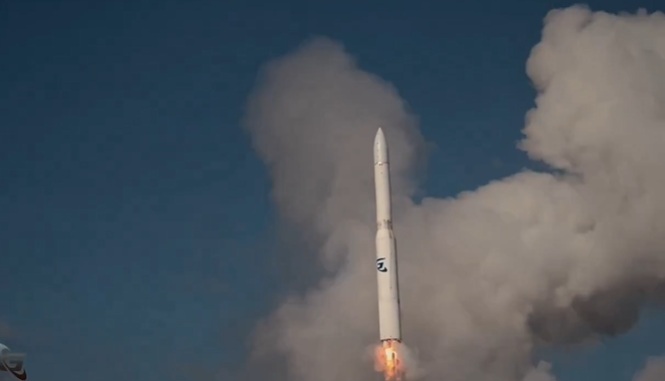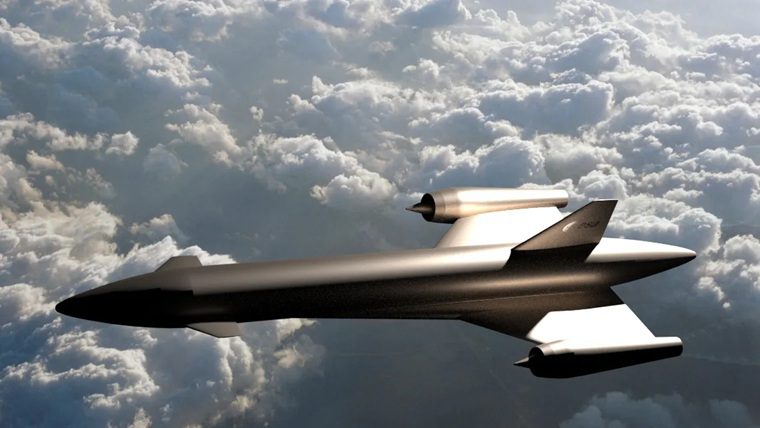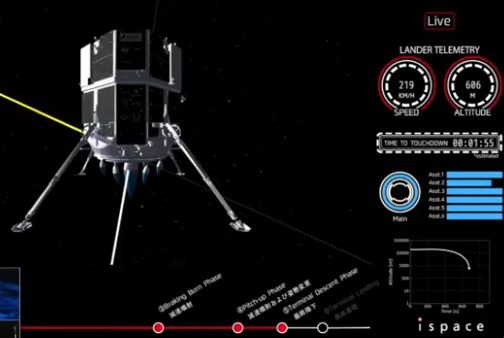The Defense Advanced Research Projects Agency (DARPA) has awarded contracts for the first phase of the Demonstration Rocket for Agile Cislunar Operations (DRACO) programme. New contracts go to Blue Origin, and Lockheed Martin to add to one already awarded to General Atomics. The goal of the DRACO program is to demonstrate a nuclear thermal propulsion (NTP) system above low Earth orbit in 2025. Nuclear thermal propulsion which effectively uses nuclear generated external heat to further heat a combustion chamber to increase the exhaust velocity which can double the specific impulse of a rocket engine for a given propellant combination.
DRACO’s NTP system has the potential to achieve high thrust-to-weight ratios similar to in-space chemical propulsion allowing rapid manoeuvres, but also approaching the efficiency in terms of specific impulse of electric systems. This combination would give a DRACO spacecraft greater agility to implement DoD’s core tenet of rapid maneuver in cislunar space (between the Earth and moon).
Phase 1 of the program will last 18 months and consist of two tracks. Track A will entail the preliminary design of an NTP reactor and propulsion subsystem concept. DARPA awarded a US$22 million contract to General Atomics for this in April. Track B will produce an Operational System (OS) spacecraft concept to meet mission objectives and design a Demonstration System (DS) spacecraft concept. The DS will be traceable to the OS concept, but specifically focus on demonstrating an NTP propulsion subsystem.
According to DARPA, Blue Origin and Lockheed Martin have received US$2.5 million and US$2.9 million contracts to independently perform the Track B work to develop OS and DS spacecraft concept designs. DRACO’s Phase 1 is expected to inform follow-on phases for detailed design, fabrication, and on-orbit demonstration. Any follow-on phases will be solicited by DARPA in a future announcement.






